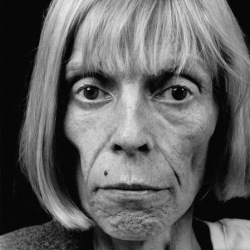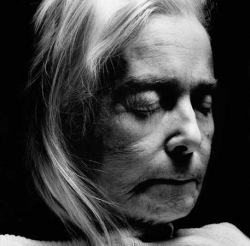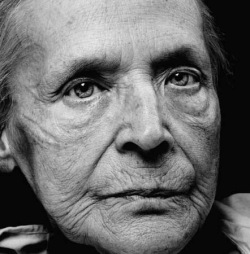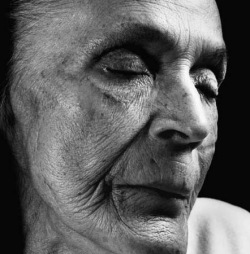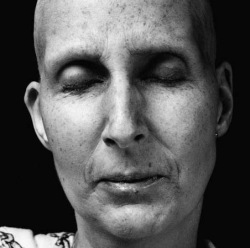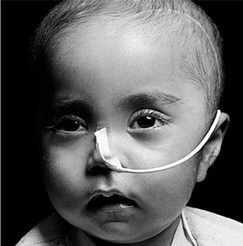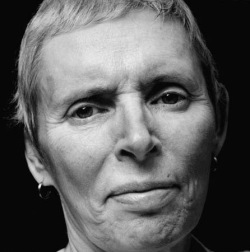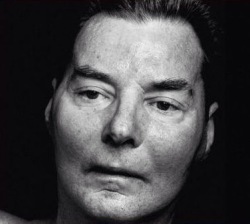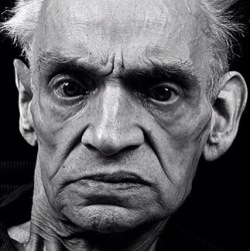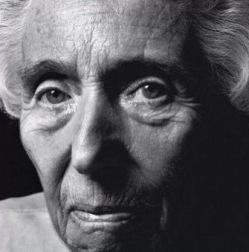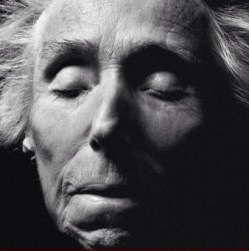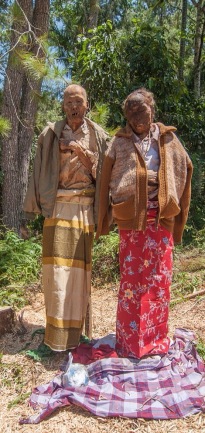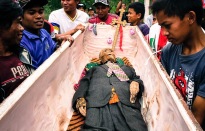
Kendrick Johnson with parents, Kenneth and Jaquelyn.
-This article contains GRAPHIC IMAGES which may not be suitable for some-
On the evening of January 10, 2013, 17-year-old Kendrick Johnson, a sophomore at Lowndes High School did not return home from school. The following day at 9AM, his body was discovered inside a rolled up wrestling mat in the gym of his Valdosta, Georgia high school. The grisly discovery was made by two sisters, daughters of the Superintendent, Wes Taylor. The girls were sitting in the gym near an area full of rolled up mats when they noticed a pair of feet inside one of them. The mat was moved from its vertical position to the floor, horizontally, by teachers at the school. The cause of death was determined to be accidental/positional asphyxia (AKA postural asphyxia), meaning Kendrick’s body was in such a position within the mat that he was unable to breathe and eventually led to his death. According to the medical examiner at the Georgia Bureau of Investigation, the boy went into the mat head-first to retrieve his shoe, was unable to get out, and eventually died with a pair of headphones still in his hand; However, Kendrick’s parents, along with the majority of the population do not believe what investigators claim happened. The Johnsons hired a private pathologist who easily came to the conclusion after exhuming the young man’s corpse that Kendrick Johnson died due to blunt force trauma to the neck and was rolled into the mat following his death in an attempt to hide the body. Students at Lowndes High School said Kendrick had shared a pair of Adidas for gym class with another student who stated Kendrick would, “Go to the mats, jump up and toss the shoes inside the middle of the hole.”, but the question remains; Why would anyone go inside the mat to retrieve the shoe? Yes, teenagers do dumb things, but the fact is the evidence does not add up. Aside from evidence of blunt force trauma noted in the second autopsy, which was blatantly obvious even to the casual observer in crime scene photos, the shoes he was last seen wearing were found on him, next to his feet.

Kendrick Johnson’s feet and the shoes he was last seen wearing inside gym mat where his body was discovered.
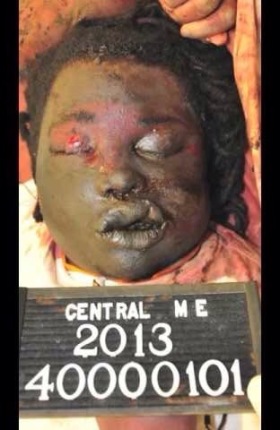
Crime scene photo of Kendrick Johnson, postmortem.
If Kendrick Johnson went into the mat after his shoes as the Georgia Bureau of Investigation claims, how did the shoes end up on him? It doesn’t take an FBI agent to figure out there is absolutely no way the GBI’s version of the story is correct. Someone would have had to have placed Kendrick’s shoes inside the mat after Kendrick was inside it. Not to mention, Kendrick Johnson’s shoulders measured 19 inches across, whereas the opening of the mat was only 14 inches wide when the body was discovered. Although signs of postmortem bloat were evident, this was not the cause for the 5 inch difference as his shoulders measured 19 inches across in life. As we know, it is physically impossible for a 19 inch object to fit inside a 14 inch opening; Also, it does not take an FBI agent to figure that one out. During the second autopsy, it was also discovered that Kendrick’s organs had been removed and disposed of, his body was stuffed with newspaper. The funeral home which prepared the boy’s body claims his organs were removed by the GBI’s coroner because they had been, “Destroyed through natural process” and were “Discarded by the prosecutor before the body was sent back to Valdosta [to the funeral home]”. It was determined that while the funeral home did no wrong-doing in filling his body with newspaper, they had not followed the “best practice” (while it is not unusual for organs to be removed from a corpse due to liquefaction of organs, usually the body is stuffed with sawdust, cotton, or some other material less disrespectful to the deceased than old newspapers). The State of Georgia claims, however, they did turn over Kendrick’s organs to the funeral home in question. This is only one of a laundry list of inconsistencies in the case. On the morning Kendrick Johnson’s body was discovered, investigators requested the surveillance video from the school’s motion detecting cameras. These videos were supposed to be handed over that very morning but were not given to police until five days later. In November 2013, 290 hours of surveillance footage from 35 cameras in the vicinity of the school’s gymnasium were released to the public. It was discovered that two of the cameras were missing footage; One had one hour and five minutes cut, the other was missing two hours and ten minutes. Although these cameras were motion activated, the footage was cut out of the tapes, as opposed to the camera failing to record at that time. This is obvious evidence that the tapes were tampered with by the school before being handed over to investigators. What is seen on the tapes is a Lowndes High School student crisscrossing through the hallway outside of the gym on the day of Kendrick Johnson’s murder. Kendrick had previously suffered racial harassment from this student seen erratically crossing the hallway outside the gym, who is even changes his clothing at one point on the video. Complains of harassment were ignored by the school, despite the fact that this student had attacked Kendrick on a bus trip to a football game earlier in the year and on one occasion prior to that. It is said the student in question “had a history of provoking and attacking” and most interestingly of all, this student, Brandon Bell, is the son of a member of the Federal Bureau of Investigation. There were also rumors that Kendrick had a sexual relationship with Brandon Bell’s older brother, Brian’s, ex-girlfriend; Allegedly, this prompted GBI member Rick Bell to encourage his two sons and six of their friends to attack Kendrick Johnson on the bus during their football trip. The investigation into Kendrick Johnson’s death was nothing short of corrupt, to say the least and Sheriff Chris Prine has been nothing short of an utter asshole (to put it as nicely as possible) in speaking with those who question the “accidental death” B.S. Police did not wear protective footwear during the investigation, which are worn not to protect the officers’ shoes, but to protect the crime scene from potential contamination. Law enforcement did not allow Kendrick’s parents to ever identify his body, which is routine, and the coroner was not called to the scene for six hours. In investigations led by… anyone, ever, who is not corrupt and trying to hide information, the coroner is called immediately. The coroner who worked the case said the scene had most definitely been compromised, adding that the report they had written on Kendrick’s death was changed by law enforcement. Both failing to wear protective footwear and failing to call the coroner are illegal in the State of Georgia. The coroner also asserted that despite the fact police were notified that the scene should be sealed off as a murder investigation due to signs of bruising on Kendrick’s face and neck, it was ignored and foot traffic in the surrounding area continued as usual. A pair of shoes and Hollister hoodie not belonging to Kendrick was discovered in the gym next to the mat his body was inside, but the items were not taken into evidence and were all but ignored.

Shoe NOT belonging to Kendrick Johnson found in gym. Blood splatter is visible on the toe.
Blood on the scene was also looked past by investigators. Blood could be clearly seen beneath the mat in which Kendrick’s body was discovered and blood was on the shoe he had supposedly dove in to retrieve. More blood was found on a vertical beam inside the gym and a trashcan in the gym’s restroom was full of bloody paper towels. Investigators and school employees dismissed the blood saying it had come from a female student who had injured herself in the gym the day before. The blood in the trashcan was tested and found to not be Kendrick’s, yet there was no further investigation into who the blood did belong to. No female student ever came forward to say she was this “female” who had reportedly injured herself.

Blood on vertical beam in gym, evident in crime scene photos.
Regardless of whether or not the blood belonged to Kendrick, when blood is present at a crime scene, in actual investigations, those sort of things are not overlooked, no matter how inconsequential they may end up being to the investigation. Police on the case claim 25 students from the wrestling team, including Brandon Bell, were not at the school when Kendrick went missing due to a competition in Macon, Georgia. They claim the wrestling team members were excused from classes at 11:32 AM on January 10th to make the 152 mile trip, which would have taken approximately 2 hours and 11 minutes. However, there is video evidence that at least some of these 25 wrestlers, including Brandon Bell, were at the school cafeteria from 11:32-12:02 and three separate school documents show evidence that the wrestling team actually departed at 4:00pm. The school did eventually admit the bus was running late and did not leave for the wrestling competition until 12:30 PM (noon) on January 10, which confirms they had, for some reason, attempted to convince police and the public that the bus had departed immediately following lunch, one half hour prior than it actually did (according to their story now, which may be subject to change as most the information from LHS on this case has). According to police, the wrestling coach’s cell phone records indicate the team was in Cordell, Georgia at 1:53pm, which is 85 miles north of the school and more than an hour away. Quite frankly, all that indicates is that the wrestling coach’s cell phone was in Cordell, Georgia at 1:53pm, or perhaps that the investigators working on this case pulled that out of their ass like much of the “evidence” presented in an attempt to validate the offensively false claim that Kendrick’s death was accidental.

Shoe which Kendrick Johnson allegedly went into the rolled up gym mat to retrieve, covered in his blood.
Following his death, many African-American students at Lowndes High School were instructed by school staff to not speak with police. These students were threatened that if they did, they would not be allowed to graduate, despite the fact that most Caucasian students at the school were required to speak with police regarding their memories of that day. In fact, Brian Bell and his brother Brandon, a graduate of Lowndes High School, were the only Caucasian students who were forbidden from speaking with police due to their FBI daddy, Rick Bell, swooping in and threatening hell and high water if anyone made his spoiled brat boys do anything they didn’t want to do- like speak to police about a murder in which they appear incredibly suspicious. Luckily for Brian, Brandon, Rick, and mother, Karen Bell, being a spoiled brat with racist tendencies is not a crime, but as more information is uncovered in this case, there may only be so much having a father in the FBI can do to protect you. Afterall, take a look at Robert Durst; Money and Power can take you a long way in America, but there’s only so far you can go until enough of the public takes notice and begins to demand law enforcement does the dame instead of turn a blind eye.

Wounds and blood clearly visible on Kendrick Johnson’s fingers.
One person who has most certainly not turned a blind to this case is Adam Floyd, who was a teacher at Lowndes High School when Kendrick Johnson was murdered and left the school shortly afterwards to work at the Valdosta Daily Times has become the lead writer on the Kendrick Johnson story. Jaquelyn and Kenneth Johnson, Kendrick’s parents, filed a $100 million dollar civil suit on January 12, 2015 against local and state federal officials, Wes Taylor (School Superintendent of Lowndes County), Valdosta-Lowndes crime lab, Police Chief of Valdosta and multiple Sheriff’s deputies, state medical examiner, Georgia Bureau of Investigations and its five agents, FBI agent Rick Bell, and three of Kendrick’s classmates [names undisclosed, most likely the Bell Brothers and a friend involved in the bus trip attack]. Quite frankly, the investigation (or lack thereof) into the BLATANTLY OBVIOUS MURDER of Kendrick Johnson disgusts me in ways I cannot express. I sincerely hope Kenneth and Jaquelyn Johnson are successful in their lawsuit against any and everyone involved in their son’s death and the coverup which followed it. Hopefully in the process, the true story of what happened to Kendrick Johnson will come to light and he will receive justice.
Photos courtesy The Valdosta Daily Times, New York Daily News and CNN.
Follow us on Twitter @PostMortem_post
If you enjoyed this article, you may also like Germanwings Crash, Andreas Lubitz Suicide was a Mere Side Effect to the Murder of 149 People, Possible Relatives: Tina Enghoff Photographs Homes of the Recently Deceased, Boris Nemtsov Murdered in Moscow and Herb Baumeister and the Horrors of Fox Hollow or to learn more about how investigators can differentiate between bruises sustained in life and those seen in postmortem blood pooling read about Livor Mortis and Putrefaction




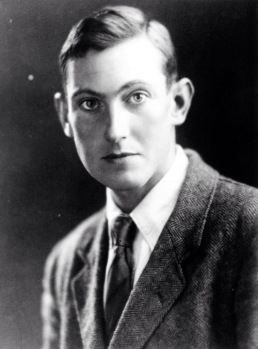


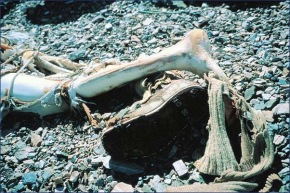









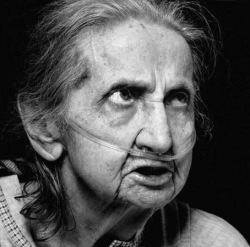
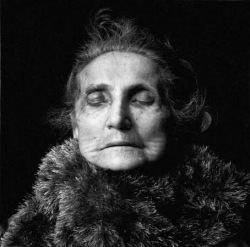
 First Photographed January 5, 2003
First Photographed January 5, 2003






